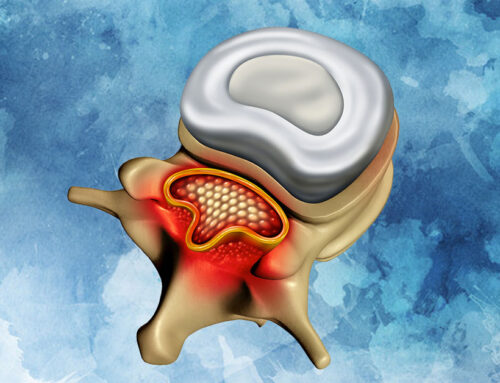
What is Reflex Sympathetic Dystrophy?
Reflex Sympathetic Dystrophy, also known as Complex Regional Pain Syndrome, is a condition characterized by pain, swelling and alteration in the function of blood vessels at the extremities of the body in response to an injury.
Reflex sympathetic dystrophy is a rare but painful condition. Early treatment through physical therapy and administration of medical treatment can help prevent the condition.
What causes Reflex Sympathetic Dystrophy?
Normally, when an injury occurs, there is pain and swelling that naturally takes place. However, this is usually limited by constriction of the blood vessels that supply the area that is injured. Later on, the blood vessels start to dilate, and the amount of blood that reaches the tissues and the injured area is increased in order to help heal the tissues.
In reflex sympathetic dystrophy, the normal response of blood vessels to trauma is altered, so the narrowed blood vessels fail to dilate. As a result, the blood supply to the peripheral tissues is significantly cut off, causing further pain and swelling and loss of function of the affected tissues. The reason why this occurs is not currently known, but there may be some genetic component to it.
The condition is not very common. It is often seen in patients between the ages of 30 to 60 years. People who have suffered an injury and are subject to prolonged periods of immobilization are at a higher risk of developing reflex sympathetic dystrophy.
Symptoms and Diagnosis
In the initial stages, patients experience a burning pain along with swelling, cold and wet skin, and loss of bone tissue. This can last for up to 3 months, after which the next phase starts if treatment is not commenced. In this phase, the pain continues and the swelling remains as bad as it was when the condition first manifested. The skin may become blue and dry. A noticeable loss of function of the extremities begins, and the bone tissue starts to become thinner. This phase can last up to 9 months.
The final phase is called the chronic phase, and it is seen a year after the onset of the initial acute phase. The swelling comes down but the joint and affected tissues become thick and lose their function. The skin becomes dry and shiny. Patients are unable to move the joints, and the bone becomes brittle and osteoporotic.
Reflex sympathetic dystrophy is diagnosed through clinical examination. There are no specific tests used to diagnose this condition, although x-rays of the affected areas may show thinning of the bone. Specialized scans, such as radionuclide imaging, can detect the affected structures but are not diagnostic of the condition.
How is Reflex Sympathetic Dystrophy treated?
Recognizing the condition early is the first step toward successful treatment. Physical therapy early on following trauma can help prevent this condition. Painkillers may be useful, but there does not seem to be any strong evidence supporting the use of non-steroidal anti-inflammatory drugs. Instead, high-dose steroids seem to help in reducing the pain, swelling and joint stiffness. Another drug, called calcitonin, can also help reduce the pain and inflammation and is administered as an injection under the skin.
Another treatment method that may be used is called a sympathetic block. This refers to blocking the flow of nerve signals at certain specific points where a group of nerves are bundled up in what’s called a ganglion. A few sessions of this may be required and treatment seems to be fairly effective.
In cases where the above have not helped, surgical treatment in the form of a sympathectomy can be considered. This basically the nervous control of the blood vessels, thus allowing for normal blood flow to the tissues.







